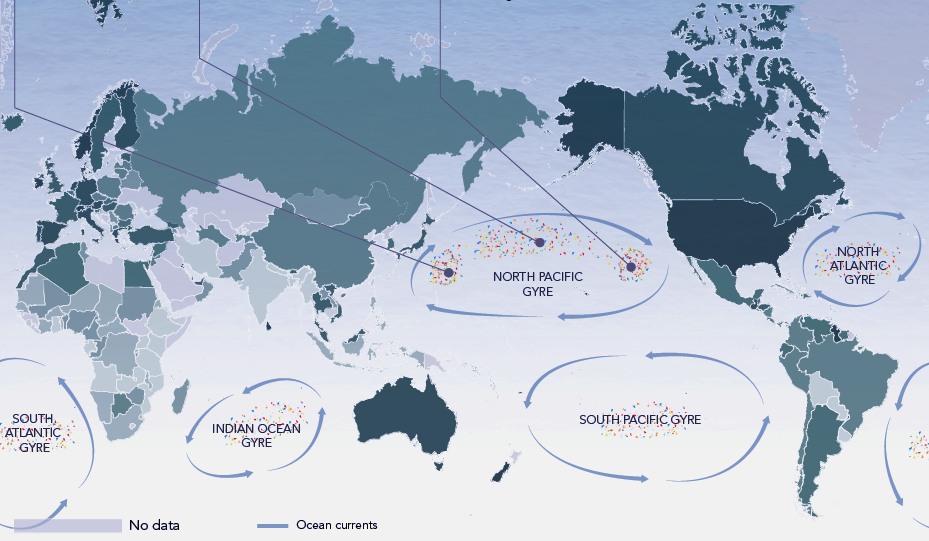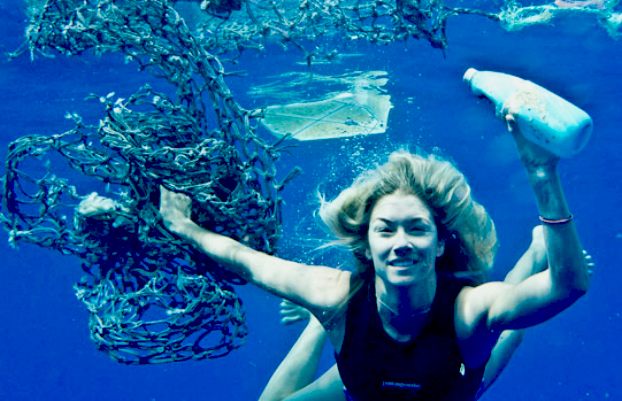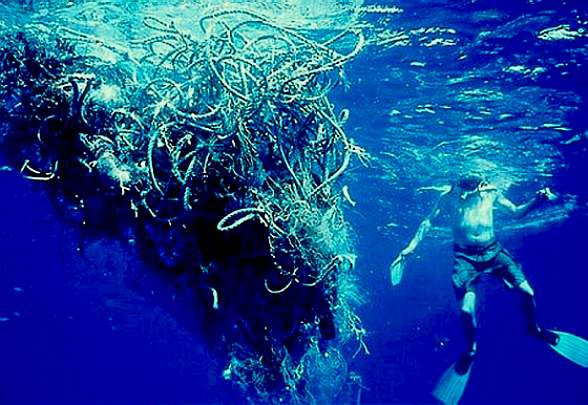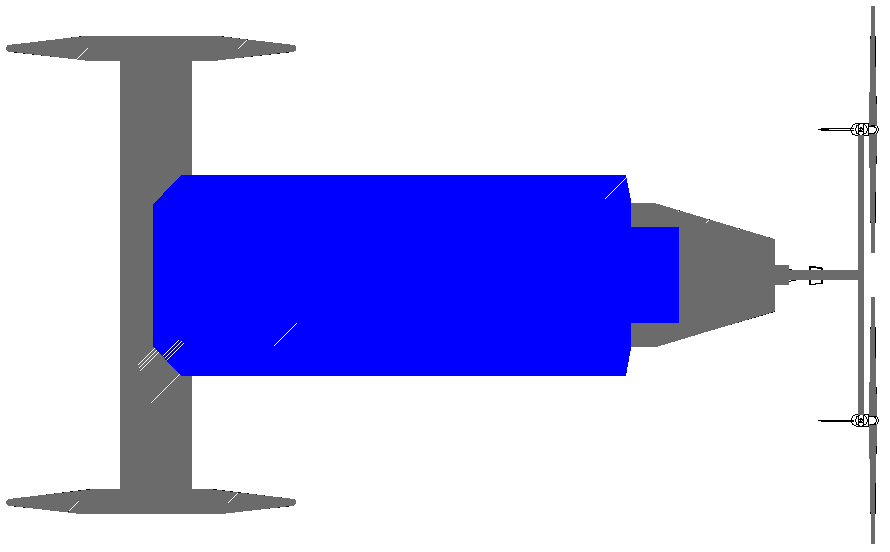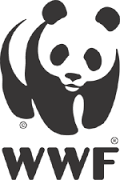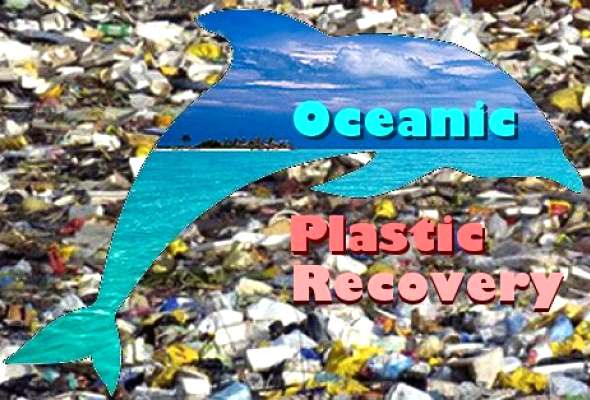|
THE GREAT NORTH PACIFIC GARBAGE PATCH
|
|
|
This world map derived from a National Geographic source, shows that the North Pacific Gyre is by far the largest - and divided into three regions, the western, sub-tropical-convergence zone and eastern garbage patches. We estimate these patches collectively to be around 80,000 tons in mass.
There’s a lot of trash masquerading as flotsam in our oceans. But with much of the mess in international waters, the campaign to clean up the water is largely left to non-profits with limited budgets and staffs. Hauling plastic out of the oceans by hand is never going to work. In the time it takes to fill a freighter with junk, several times that much will be dumped into the sea through everyday human activity. Are you beginning to get the picture. It's a huge problem that none of the G20 are looking at, they are looking the other way. Perhaps we need a See20. A G20 that actually looks at international pollution problems.
The vast swirl of plastic waste floating in the North Pacific has increased 100-fold over the last 40. Scientists warned the killer soup of microplastic - particles smaller than five millimeters (0.2 inches) - threatened to alter the open ocean's natural environment. The latest report from the NCEAS dated February 2015, tells of up to 12 million tons of plastic in the ocean.
There are five large patches of plastic. One of them, the North Pacific Gyre, is roughly twice the size of the United States. These bits of plastic look like food to fish and birds and once consumed, end up killing these animals. But the plastic bits also contain chemicals, such as DDTs and PCBs, that once consumed by small sea creatures then enter the food chain to be consumed eventually by people. And because plastic doesn’t break down and dissolve, these gyres are going to be around for hundreds, if not thousands of years, even if we stopped polluting tomorrow.
Not only could robots clean up the ocean, save the lives of aquatic animals and reduce the amount of pollutants from entering the food chain but it would also save industry millions per year. Marine vessels are damaged every year from the garbage floating in the ocean, countries lose money when tourists no longer want to visit their polluted beaches.
LEFT - A lady diver collects plastic waste from a polluted ocean. RIGHT - A sport diver risks becoming entangled in a fishing net of the type that dolphins and whales frequently get caught up in.
THE GUARDIAN, DECEMBER 2014
Youtube ocean pollution
“Bigger fish eat the little fish and then they end up on our plates. It’s hard to tell how much pollution is being ingested but certainly plastics are providing some of it.”
Reisser said traversing the large rubbish-strewn gyres in a boat was like sailing through “plastic soup.”
A SEAVAX DRONE - This is a raw proposal for a robot ship that is designed to vacuum up plastic waste from the ocean. It is based on the Bluefish ZCC concept, being a solar and wind powered platform - and shares components. The front end (left) is modified so that there is a wide scoop area, into which plastic waste is funneled as the ship moves forward. The waste is pumped into a large holding bay after treatment, then stored until it can be off-loaded. The rear of the ship (right) carries two large wind turbines that generate electricity in combination with deck mounted solar panels (shown here in blue) to power the onboard processing machinery. The system can be semi-autonomous, such that the robots alert HQ to any potential problems and share data as to progress for backers.
LINKS
National Geographic 2014 ocean garbage patch plastic pacific debris The Telegraph Great Pacific Garbage Patch has increased 100 fold since the 1970s Plosone ocean pollution article Fjournal pone 0111913 The Guardian 2014 December full scale plastic worlds oceans revealed first time pollution Robotics Tomorrow ocean pollution Daily Dot technology ocean cleaning drone Interiorholic gadgets ocean robot cleaner PSFK 2012 marine robots clean oceans http://www.unep.org/ http://www.unep.org/environmentunderreview/ http://news.nationalgeographic.com/news/2014/04/140414-ocean-garbage-patch-plastic-pacific-debris/ http://www.plosone.org/article/info%3Adoi%2F10.1371%2Fjournal.pone.0111913 http://www.roboticstomorrow.com/content.php?post_type=1919 http://www.dailydot.com/technology/ocean-cleaning-drone/ http://www.interiorholic.com/other/gadgets/ocean-robot-cleaner/ http://www.psfk.com/2012/07/marine-robots-clean-oceans.html http://www.unep.org/environmentunderreview/
The Oceanic Plastic Recovery project is based on technology that is viable and proposed in a manner that should work. The suggestion is to use solar powered robot barges to truck plastic waste from the five ocean gyres to a land station for processing. We believe this to be one of the most promising solutions and is well worth supporting.
ARCTIC - ATLANTIC - BALTIC - BERING - CARIBBEAN - CORAL - EAST CHINA - ENGLISH CH - GULF MEXICO
INDIAN - MEDITERRANEAN - NORTH SEA - PACIFIC - PERSIAN GULF - SEA JAPAN - STH CHINA
|
|
|
This website is Copyright © 2015 Bluebird Marine Systems Ltd. The names Bluebird™, Bluefish™, SeaNet™, SeaVax™ and the blue bird and fish in flight logos are trademarks. CONTACTS The color blue is a protected feature of the trademarks.
|
